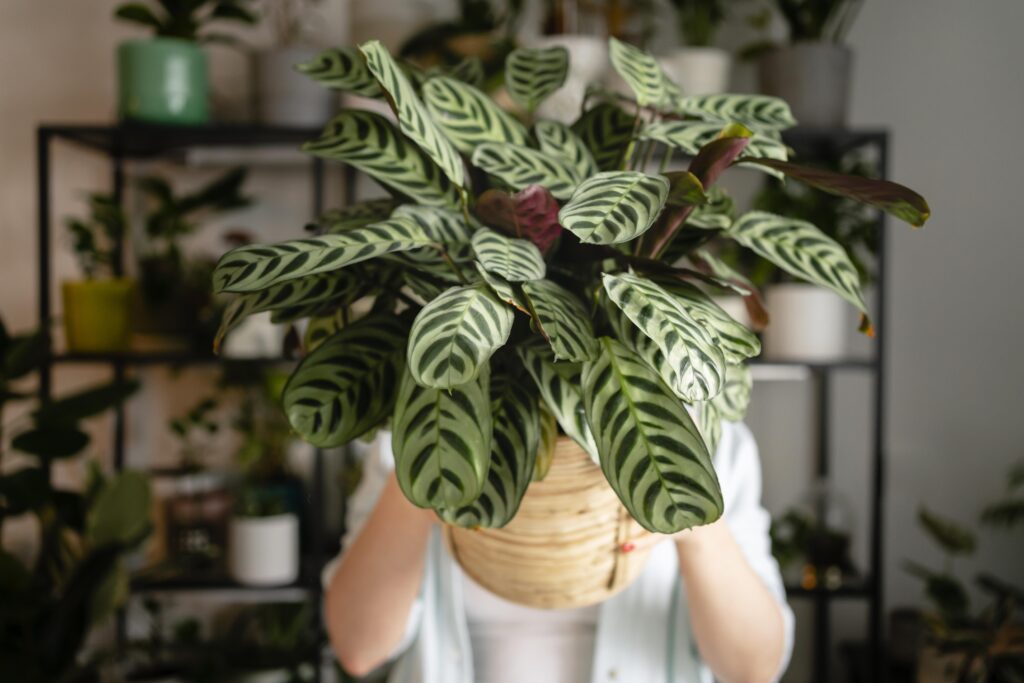I used to think keeping houseplants alive was some kind of secret talent I just didn’t have. Every time I brought home a beautiful, leafy friend, it would slowly wither away with yellowing leaves, droopy stems and eventually a little plant funeral. What I didn’t realise back then was that the problem wasn’t me at all. The real culprit was the lighting situation. My living room had one north-facing window, the bathroom had none, and the hallway was a dark cave all day long. No matter how much love I gave my plants, they just weren’t suited for the spaces I was putting them in. That’s when I discovered low-light plants.
Low-light plants are the unsung heroes of the plant world. They don’t need a sunny windowsill or hours of direct sunlight to thrive. In fact, many of them prefer the shade. Once I found these gems, everything changed. I could finally put some greenery in the corners of my home that had always felt a bit lifeless. Instead of fighting against my space, I started to work with it. These plants love dim apartments, cosy offices and tucked-away hallways and turn overlooked spots into lush, cosy nooks.
So if you’ve ever felt like you’re just “bad with plants”, chances are you’re not. You might just need to find the plants that are perfect for your space.
Why Low-Light Plants? (It’s Not Just About Looks)
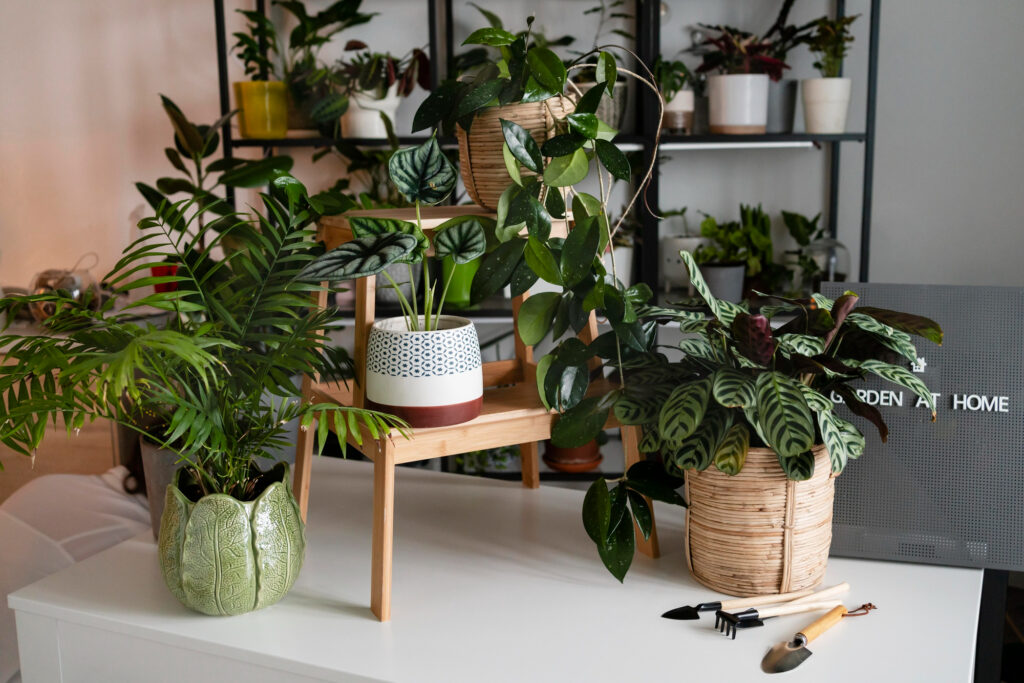
Yes, plants are very nice. But these low-light plants have a lot more benefits, especially for those of us who want to be kinder to the earth.
- Breathe Better: You might have heard of the NASA Clean Air Study. A great follow-up from the State University of New York in 2019 showed that common houseplants are very good at getting rid of toxins like benzene and formaldehyde in the air. My Snake Plant? It’s not just a pretty face; it cleans the air in my bedroom at night.
- Get a Better Mood (for free): Studies show that being around plants lowers stress. I can confirm this! My version of meditation is to look at my Pothos after a long work meeting.
- They’re Tough Cookies: These plants can adapt. They won’t complain if you forget to water them or if your lighting isn’t “perfect.” These are ideal for novices and those who struggle with forgetfulness. There will be no judgment here!
- Nature’s Sustainability: By harnessing the light you have, you avoid needing energy-intensive grow lights. That’s good news for both your wallet and the environment.
A Quick Reality Check: “Low-light” does not imply total darkness. If you can read a book in that place during the day without having to turn a switch, you’re set. Consider north-facing windows, bookshelves away from windows, or a comfortable bathroom corner.
My 10 Tried and Tested Low-Light Plants
I’ve tested these low-light plants in the darkest corners of my home. These aren’t just recommendations from books; they are my personal favourites.
Snake Plant (Sansevieria)
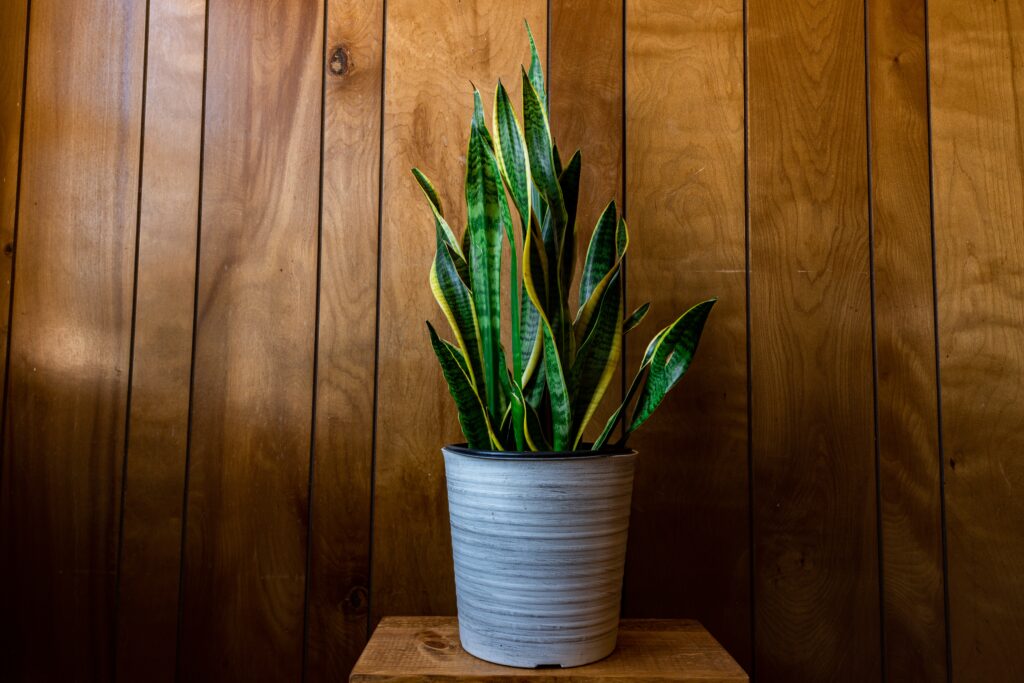
My Experience: This was the low-light plant that finally gave me confidence. I once ignored mine for almost two months because life got busy. It didn’t just survive; it thrived on the neglect. It’s my top recommendation for anyone who says they have a “brown thumb.”
Care: Water only when the soil is completely dry. Seriously. Forgetfulness is your best watering can here.
ZZ Plant (Zamioculcas zamiifolia)
My Experience: The ZZ plant’s shiny, lovely leaves always appear fake, but in a good way. I placed this plant in a room with only fluorescent office lighting, and it not only survived but also produced new shoots.
Care: Water every 3 to 4 weeks. It stores water in its potato-like roots, so overwatering is its only real enemy.
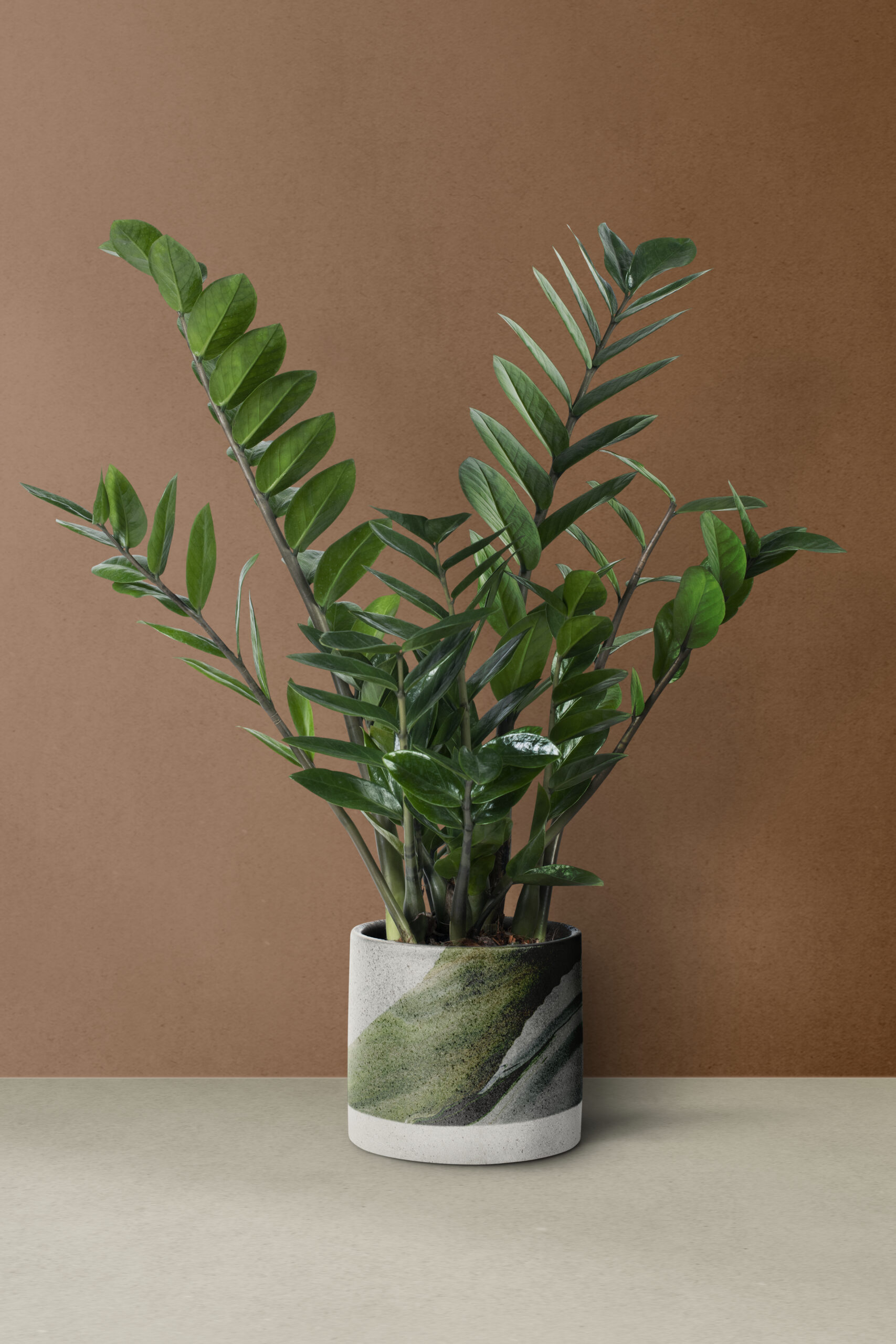
Pothos (Epipremnum aureum)
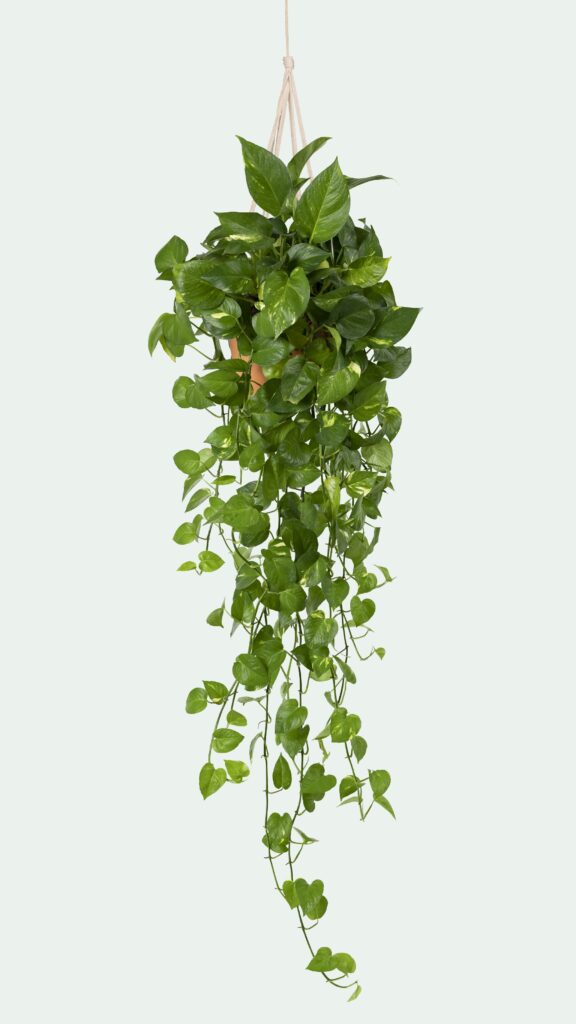
My Experience: My first plant love. I have a golden pothos that I’ve propagated many times, sharing cuttings with friends. It grows so fast you can almost see it, and it clearly shows what it needs. When it droops, it’s thirsty. Just a few hours after watering, it perks right back up.
Care: Let the top inch of soil dry out. It’s perfect for a hanging basket where its vines can flow down.
Cast Iron Plant (Aspidistra): The Old-School Stalwart
My Experience: True to its name, this plant is almost indestructible. It can handle low light, dust, and my clumsy vacuuming. It doesn’t grow quickly, but it remains a steady, reliable presence in a dark corner.
Care: Water when the soil is dry. I clean its broad leaves with a damp cloth every month or so to keep them dust-free and working well.
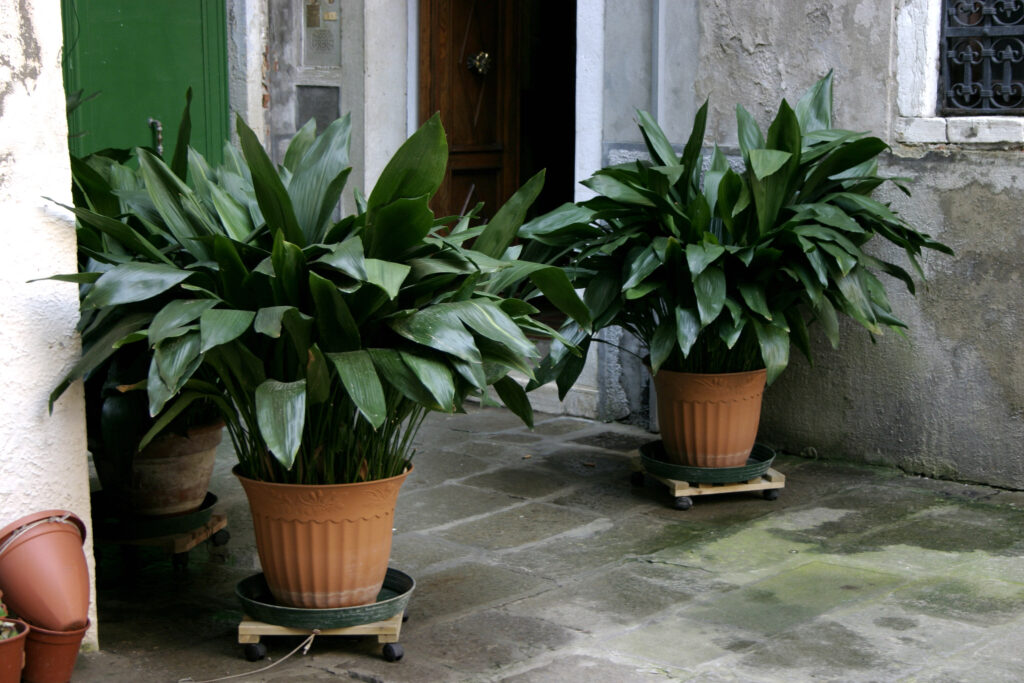
Peace Lily (Spathiphyllum)
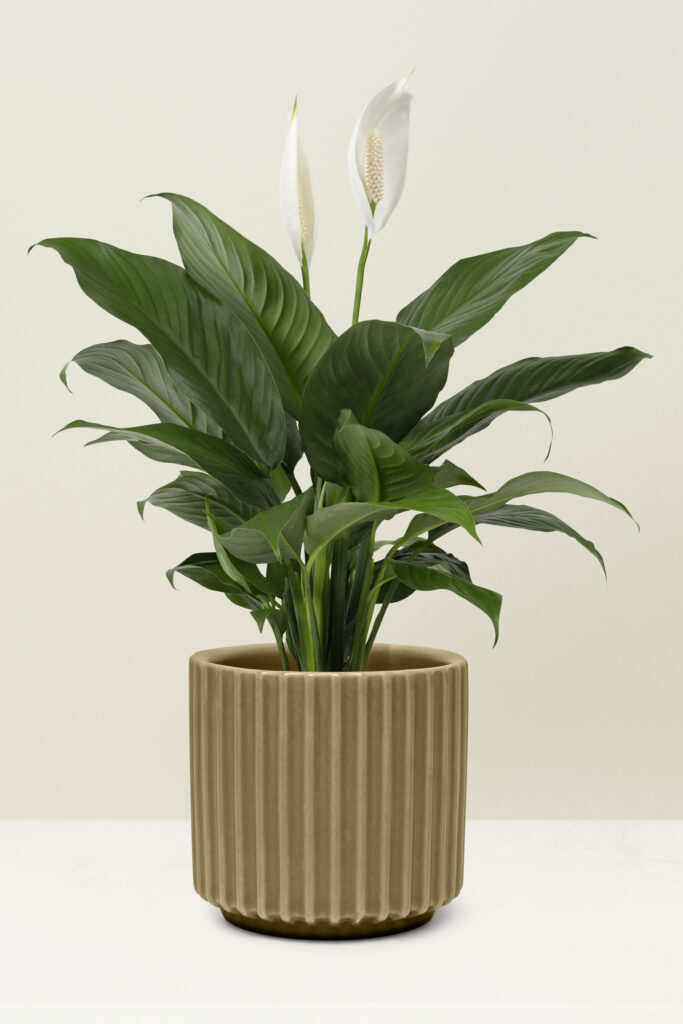
My Experience: Don’t be fooled by its elegant white flowers. This plant communicates well. When it’s thirsty, it droops dramatically. Give it some water, and it bounces back within hours. It’s taught me to notice my plants’ signals.
Care: Keep the soil slightly moist. It thrives in humidity, making it ideal for a bathroom.
Philodendron Heartleaf (Philodendron hederaceum): The Friendly Cascader
My Experience: This is the plant I keep in a macramé hanger near my bookshelf. It’s very forgiving and grows quickly. I’ve accidentally knocked off a few vines while dusting. I stuck them in a glass of water, and now I have baby plants to give away. It truly keeps giving.
Care: It’s very similar to Pothos. Let it dry out a bit between waterings. If it gets too long and leggy, trim it! It will grow back even bushier.
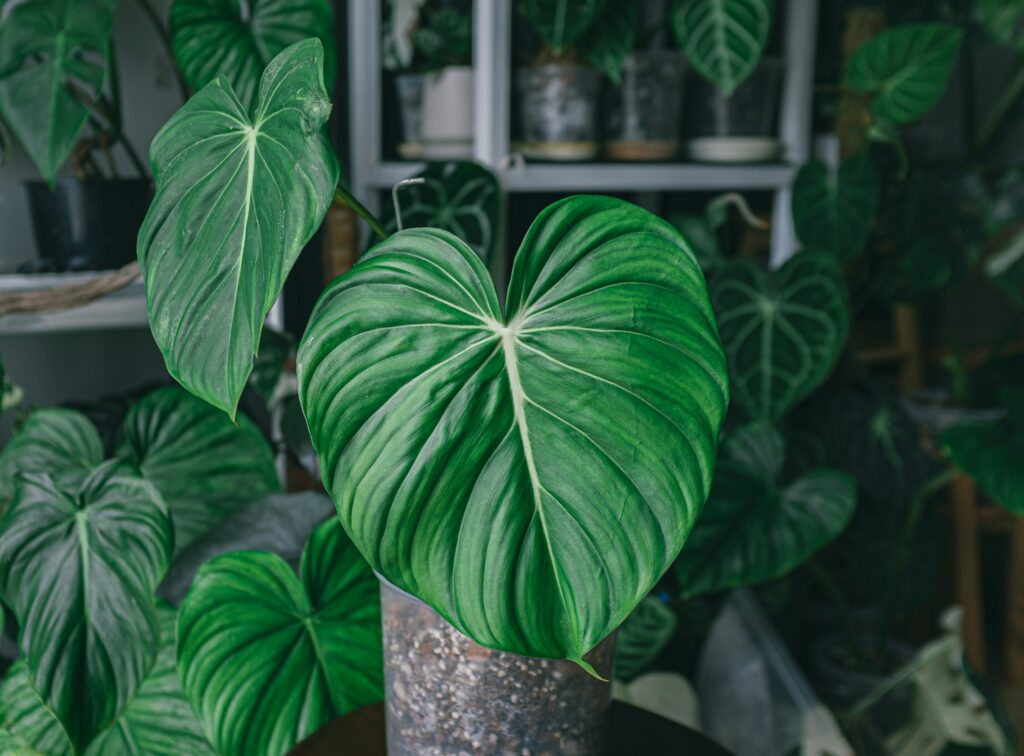
Chinese Evergreen (Aglaonema)
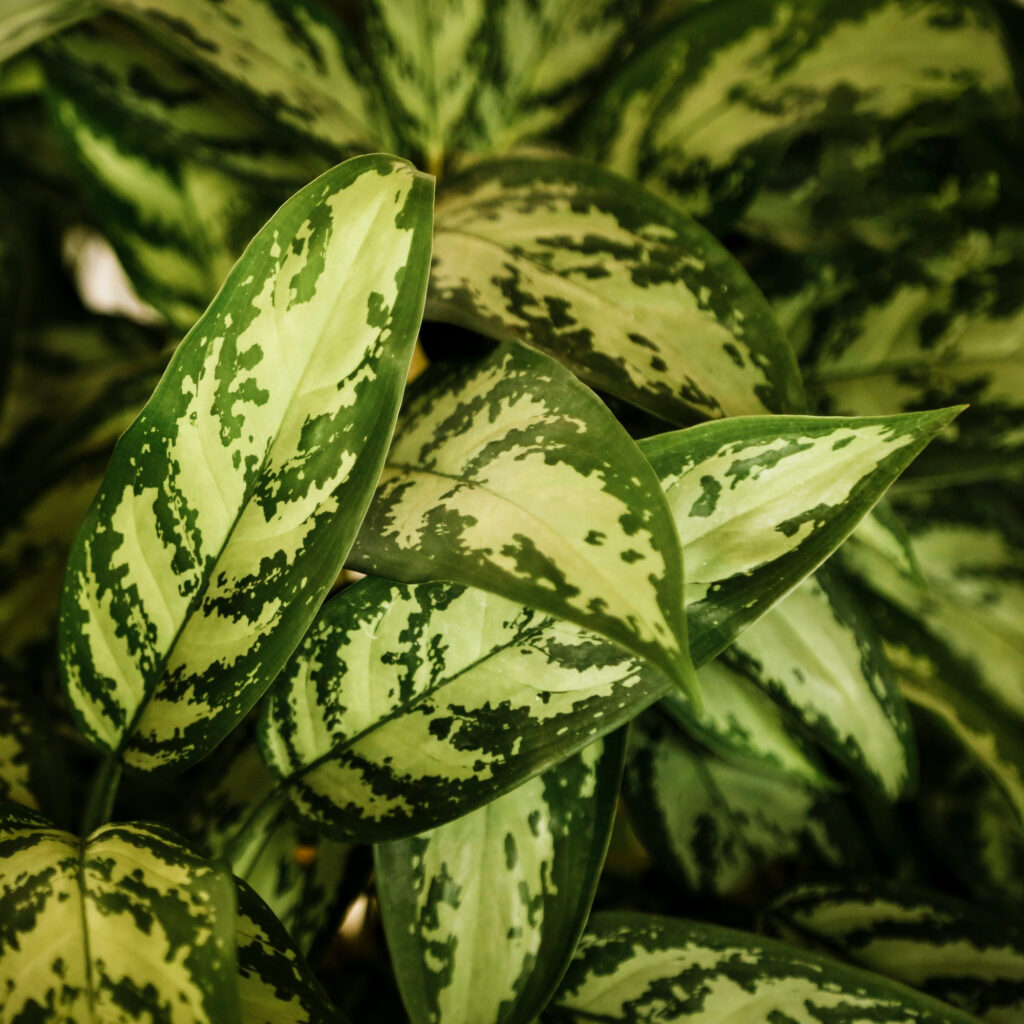
My Experience: I have a ‘Silver Bay’ Aglaonema that brings a nice pattern to my desk. The varieties with more pink and red need a bit more light, but the classic green and silver ones thrive in low light. Mine has been happily placed a few feet away from a north-facing window for years.
Care: Water when the top couple of inches of soil feel dry. It’s quite easygoing. I’ve noticed it is less particular about tap water than some of my other plants.
Dracaena (Dracaena marginata, D. fragrans)
My Experience: I needed a tall, structural plant for a dark corner behind my armchair. My Dracaena marginata was the perfect solution. It adds height and makes the whole room feel more designed. A word of caution for pet owners: these are toxic to cats and dogs, so I keep mine out of reach.
Care: Let it dry out between waterings. If you notice brown tips on the leaves, it might be sensitive to fluoride in your water. Switching to filtered or distilled water can help.
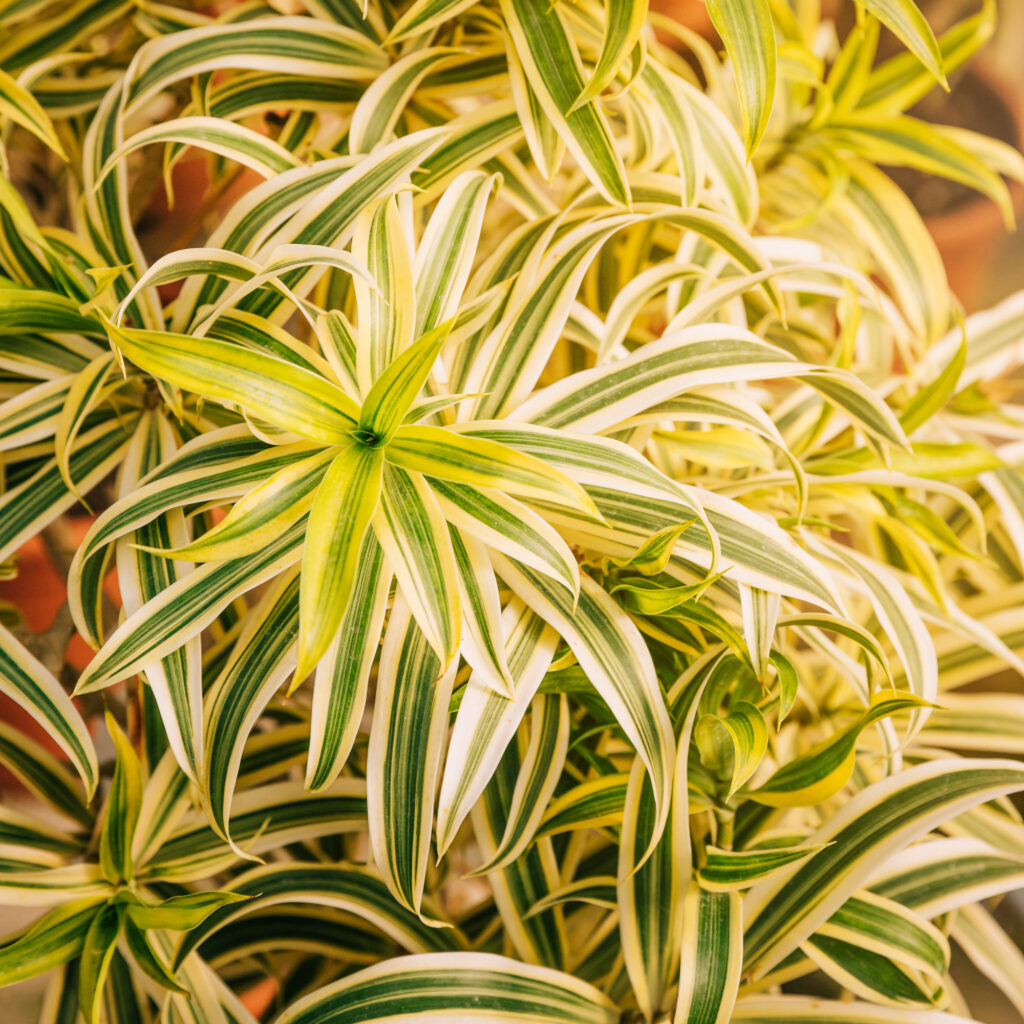
Spider Plant (Chlorophytum comosum)
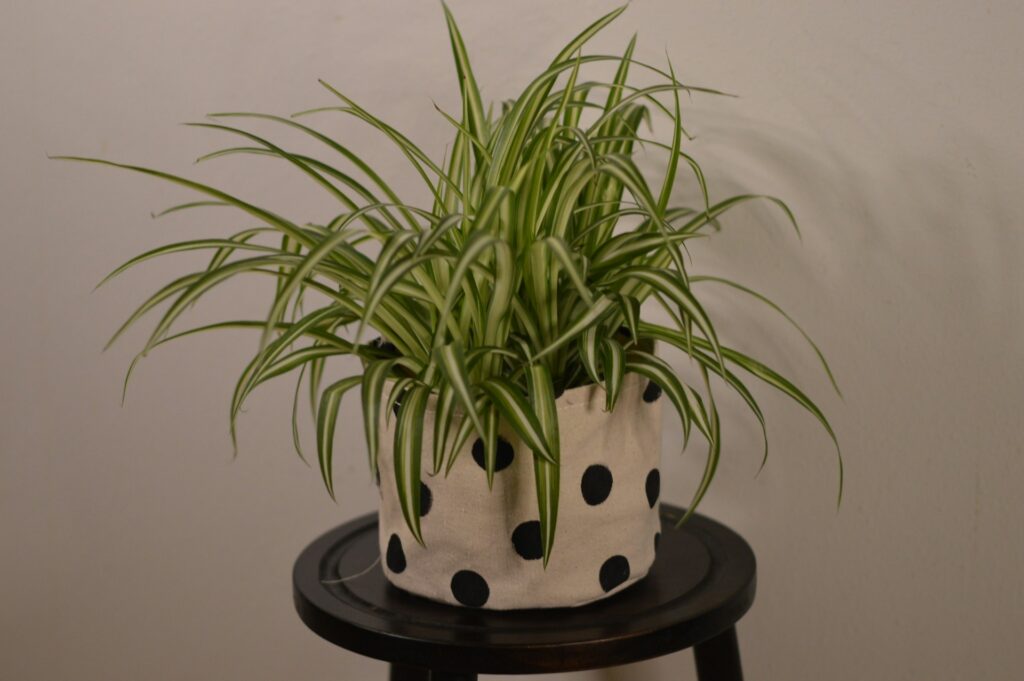
My Experience: This is a fun, easy-going plant! I love how it sends out long runners with little “pups” at the end. It’s completely non-toxic, making it a great choice for homes with curious pets or kids. My first Spider Plant came from an offshoot of a friend’s, and I’ve kept that tradition going.
Care: It prefers to dry out a bit between waterings. The tips can brown if the water has fluoride or if it gets too dry. I snip off the brown tips with scissors; it’s no big deal.
Lucky Bamboo (Dracaena sanderiana)
My Experience: Although it’s not a true bamboo, this plant is a great choice for low light. I have a simple arrangement in a vase with some pebbles on my coffee table. It brings a modern, peaceful feel with almost no effort.
Care: If you grow it in water, keep the roots submerged and change the water every couple of weeks to keep it fresh. It’s that easy.
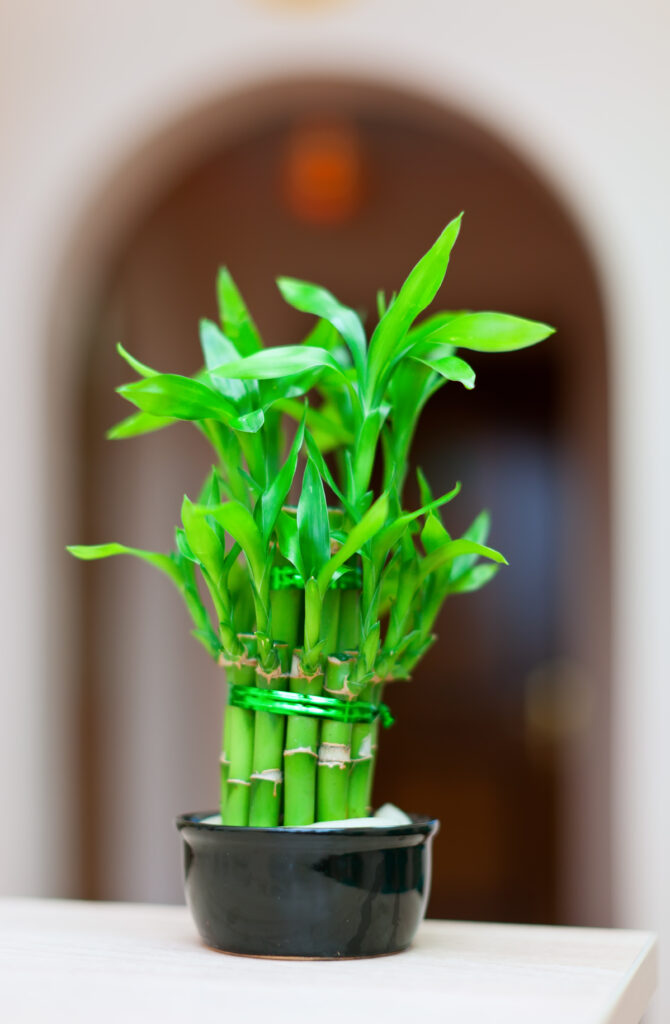
The Mistakes I’ve Made (So You Don’t Have To)
I believe you learn more from failure than from success. Here are my most memorable plant parenting mistakes.
The Case of the Drowned Snake Plant: My first Snake plant didn’t die from neglect; it died from too much love. I watered it on a strict weekly schedule, not realising the soil was still wet. The result was a sad, mushy stalk. Tip: Your plant doesn’t care what day it is. Stick your finger in the soil; it’s the best moisture meter you have.
The Dusty Cast Iron Plant: I wondered why my Aspidistra looked so dull and sad. Then I ran a finger over a leaf and left a clean streak. The dust was blocking the little light it received. Tip: Give your plants a gentle shower or wipe them down now and then. They’ll reward you with brighter growth.
The Instant Repotting Regret: I brought home a beautiful Chinese Evergreen and immediately placed it in a fancy new pot. It went into shock and dropped leaves for weeks. Tip: Let your new plant acclimate to your home for at least a few weeks before repotting. Unless it’s desperately root-bound, just let it be.
Your Turn! Let’s Grow Together
See? Keeping plants alive in a low-light home isn’t about having a special talent. It’s about picking the right plants and understanding their simple needs. Start with one of these resilient, attractive options, like a reliable Snake Plant or an easy-going Pothos. Observe it, learn from it, and soon you’ll realise that every dim corner is an opportunity for a different kind of greenery.
I’d love to hear from you! What’s your favourite low-light plant? Or which plant have you had trouble with in the past? Share your stories in the comments below. Let’s learn from each other.
